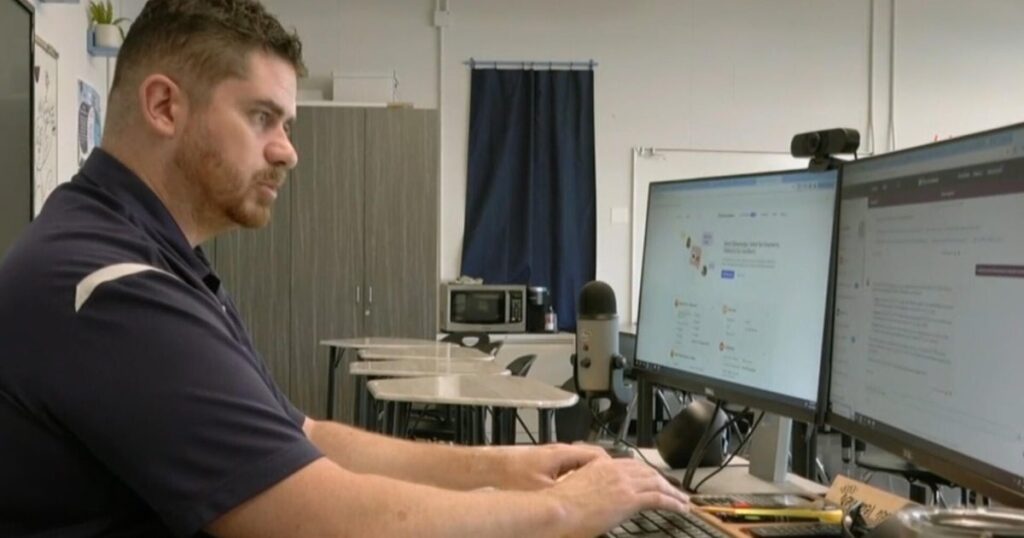What AI in the classroom could really look like
What AI in the classroom could really look like

Khan Academy founder and CEO Sal Khan joins “CBS Mornings Plus” to explore how artificial intelligence could be integrated into K–12 education following a new executive order from President Trump.
Read the full article on CBS Technology
Truth Analysis
Analysis Summary:
The article's factual accuracy is mixed. It focuses on Sal Khan's perspective on AI in education, which is verifiable through his TED Talk and other sources. However, the article's claim about President Trump's executive order is not directly addressed in the provided sources, and the overall presentation leans towards a positive view of AI in education, indicating some bias.
Detailed Analysis:
- Claim:** Khan Academy founder and CEO Sal Khan joins "CBS Mornings Plus" to explore how artificial intelligence could be integrated into K–12 education.
- Verification Source #3: Supports this claim by highlighting Sal Khan's involvement and expertise in education.
- Verification Source #4: Supports the general idea of AI integration in the classroom.
- Claim:** Following a new executive order from President Trump.
- Fail to cover:* None of the provided sources mention a specific executive order from President Trump related to AI in education. This claim is unverified by the provided sources. Internal knowledge suggests that while the Trump administration did address AI, a specific executive order directly related to K-12 education and AI needs further verification.
- Claim:** (Implied) AI can be beneficial in education.
- Verification Source #3: Supports this claim, as Sal Khan's TED Talk focuses on how AI could save education.
- Verification Source #4: Supports this claim by discussing embracing AI in the classroom.
- Verification Source #5: Supports this claim by discussing how AI can be used for tutoring.
- Claim:** (Implied) AI raises concerns about cheating and bias.
- Verification Source #1: Supports the concern about students using AI on assignments.
- Verification Source #2: Supports the concern about cheating with AI chatbots.
- Verification Source #4: Supports the concern about AI-generated content being biased.
Supporting Evidence/Contradictions:
- Agreement:** Multiple sources agree on the potential benefits and concerns of AI in education. Verification Source #3, #4, and #5 highlight the positive aspects, while Verification Source #1, #2, and #4 acknowledge the challenges related to cheating and bias.
- Lack of Coverage:** The claim about President Trump's executive order is not covered by any of the provided sources.
- Bias:** The article's focus on Sal Khan's positive perspective on AI in education, without presenting a balanced view of potential drawbacks or criticisms, suggests a moderate bias.

